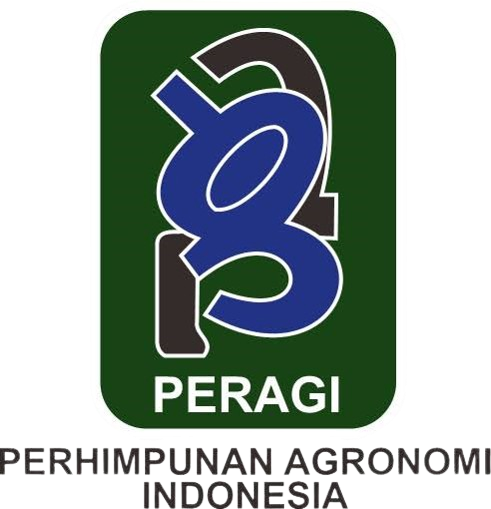Aktivitas Herbisida Campuran Bahan Aktif Cyhalofop-Butyl dan Penoxsulam terhadap Beberapa Jenis Gulma Padi Sawah
Abstract
Weed competition becomes a major problem in low land rice. Weeds can reduce rice production up to 60-70%. Mixing herbicides is expected to obtain a broader spectrum of control of the weeds. Inappropriate mixing herbicides may cause antagonism effect which can reduce the effectiveness on the target weed. The objective of the research was to study the antagonism activity of two active ingredients herbicide mixture, cyhalofop-butyl and penoxulam. The treatment was consisted of three types of herbicide with five level of doses, i.e. a single herbicide cyhalofop-butyl (0, 375, 750, 1500, and 3000 g ai ha-1), penoxulam (0, 50, 100, 200, and 400 g ai ha-1), and the mixture of cyhalofop- butyl 50 g L-1+ penoxulam 10 g L-1(0, 225, 450, 900, and 1800 g ai ha-1). The target weeds were Echinochloa cruss-galliand Monochoria vaginalis. Dry weight of biomass and percent of damage would further determine wheather the herbicide mixture were synergistic, antagonistic, or additive. Since cyhalofop-butyl and penoxulam had a different mode of action, analysis of the data used MSM (Multiplicative Survival Model) method to determine the LD50 of each herbicide treatment and mixture component. The result showed that an active ingredient mixture of cyhalofop-butyl 50 g L-1+ penoxulam 10 g L-1 was not antagonist, with LD50-expectation values of 253.231 g ai ha-1and the LD50-treatment of 211.91 g ai ha-1. The co-toxicity value was 1.19 (>1).
Key words: rice field weeds, cyhalofop-butyl, penoxulam, herbicide mixture, MSM (Multiplicative Survival Model), LD50













